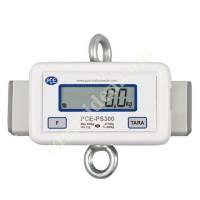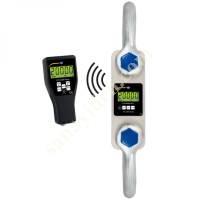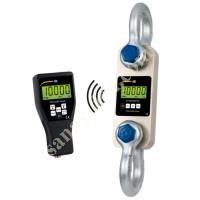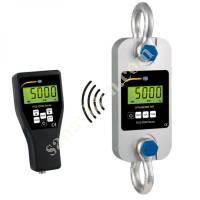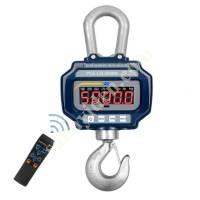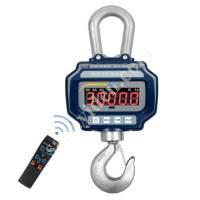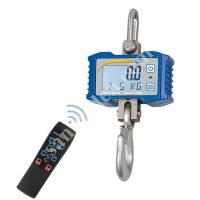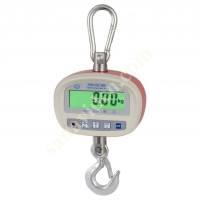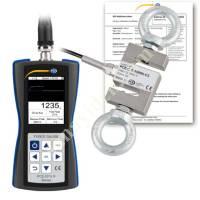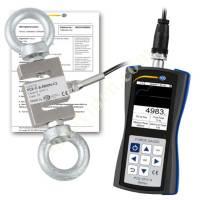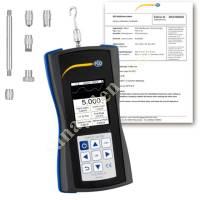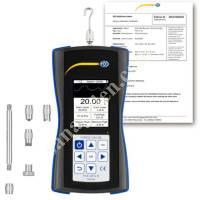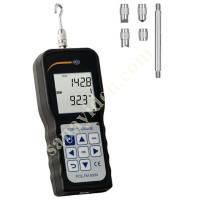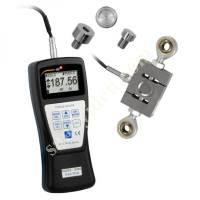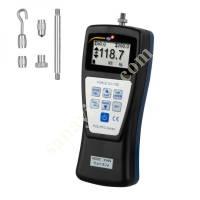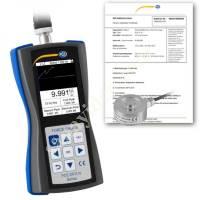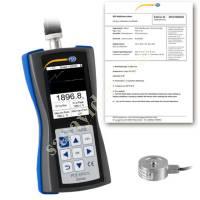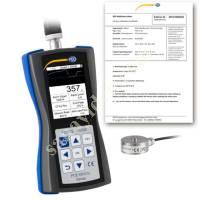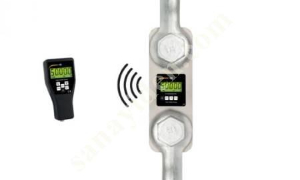
How to make a dynamometer - from metal to tool
Making a dynamometer is a critical task for any engineer, but it's especially important in the construction industry. With a good dynamometer, you can measure the strength and strain of materials subjected to force. This information can help you optimize your construction projects and save time and money. Assembling a dynamometer is easy, but it takes some practice to get started. In this article, we will show you how to make a metal instrument dynamometer.
In this section, we will explain how to make a dynamometer. A dynamometer is a device used to measure the elasticity of materials. It can be used for Static or Dynamic testing of materials. Dynamometers are widely used in engineering and science applications.
What is a dynamometer?
A dynamometer is a machine used to measure changes in pressure, temperature, or other properties of materials.
How To Make Dynamometer.
One of the most important steps in making a dynamometer is cutting the material. Cut the metal into thin pieces so that they can be welded together. Welding is an easy process, but be careful not to overheat the material or you will spark.
Weld the Material.
It is important to use a safe and effective welding technique when welding metals together. Welding can be dangerous if not done correctly, so be sure to practice before your trip. Use an experienced welder and take accurate measurements to ensure your welds are correct.
Turn on the dynamometer.
Turn on the dynamometer by pressing one of its buttons or by applying an electric current through a wire connected to one of its terminals. The dynamometer will start up and measure how fast it moves up and down in response to a force applied to it (we'll call it "force").
Dynamometer Making Tips.
In order for a dynamometer to work properly, the tools must be used correctly. Specifically, use the right tools for the task at hand: a precision saw, hammer, screwdriver, drill and tape measure.
2) Use the correct pressure: An appropriate pressure is required to ensure that the metal is in contact with the spring coil. Too much or too little pressure will cause distortions or inaccuracies in measurements made during testing.
3) Use the correct voltage: Every dynamometer requires a certain voltage to work properly. Incorrect voltage can cause it to stop working and even damage the device. 4) Use accurate time: When measuring, always use the appropriate time scale to ensure accuracy and consistent results.
conclusion
A dynamometer is an instrument used to measure changes in pressure, volume, and time in response to a displacement force. Dynamometers are important for measuring tests and are also used in medical testing. By making sure that the correct tools and pressure are used, you can be sure that your dynamometer is effective at measuring test results. In order to get the right results, the solutions must be completed correctly.

